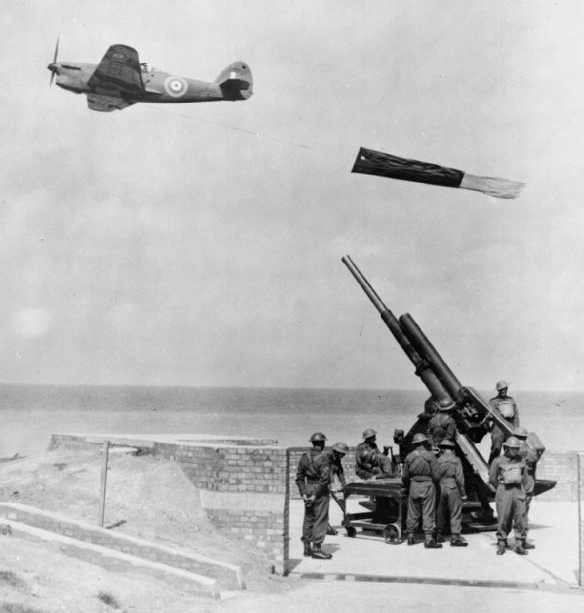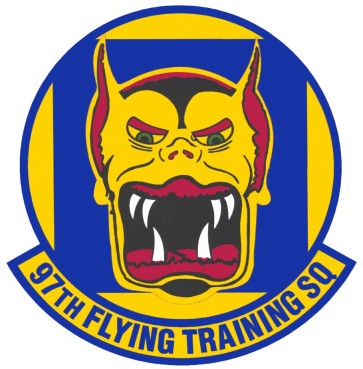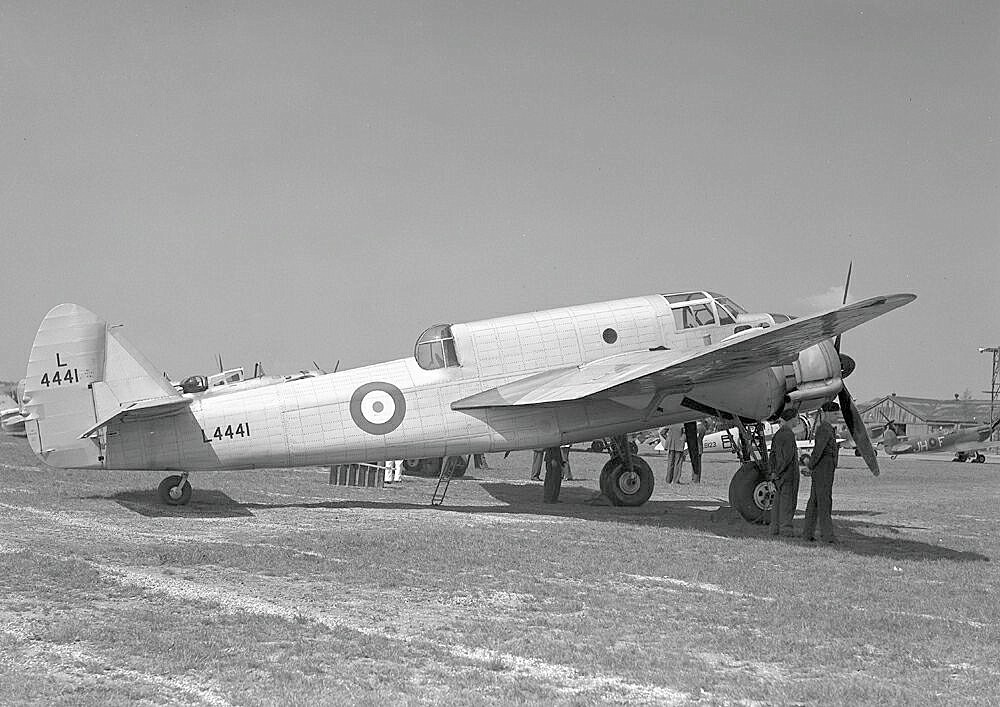|
RAF Towyn
Royal Air Force Towyn, or more simply RAF Towyn, is a former Royal Air Force airfield located west of Machynlleth, Powys and north of Aberystwyth, Ceredigion, Wales. Situated along the northern outskirts of Tywyn and within the southern area of Aber Dysynni, it opened for RAF Army Cooperation Command in 1940 as an air-cooperation base for the Royal Artillery Anti-Aircraft Practice Camp at Tonfanau. It was home to two flights which formed into a single squadron, but in May 1945 the squadron moved to RAF Llandbedr and RAF Towyn was transferred to No. 22 Group RAF in RAF Technical Training Command. Airfield personnel also supported the emergency services when air accidents occurred in north west Wales. The air base closed in July 1945 and the site was taken over by the army as Morfa Camp. History Station design Towyn airfield had three grass landing strips, 1,189 m (3,900 ft), 1,097 m (3,600 ft) and 640 m (2,100 ft) long. The contr ... [...More Info...] [...Related Items...] OR: [Wikipedia] [Google] [Baidu] |
Tywyn
Tywyn (Welsh: ; in English often ), formerly spelled Towyn, is a town, community, and seaside resort on the Cardigan Bay coast of southern Gwynedd, Wales. It was previously in the historic county of Merionethshire. It is famous as the location of the Cadfan Stone, a stone cross with the earliest known example of written Welsh, and the home of the Talyllyn Railway. Toponymy The name derives from the Welsh ''tywyn'' ("beach, seashore, sand-dune"): extensive sand dunes lie to the north and south of the town. In Middle Welsh, the spelling was generally ''Tywyn''. In the Early Modern period, however, the spelling ''Towyn'' became common in Welsh in order to reflect a slight change in pronunciation at that time. That also came to be the usual spelling in English up to the latter part of the twentieth century. The modern spelling ''Tywyn'' better reflects the current pronunciation in modern Welsh as spoken in north Wales. With the standardisation of the orthography of the Welsh ... [...More Info...] [...Related Items...] OR: [Wikipedia] [Google] [Baidu] |
Squadron (aviation)
A squadron in air force An air force – in the broadest sense – is the national military branch that primarily conducts aerial warfare. More specifically, it is the branch of a nation's armed services that is responsible for aerial warfare as distinct from an a ..., army aviation, or naval aviation is a Military unit, unit comprising a number of military aircraft and their aircrews, usually of the same type, typically with 12 to 24 aircraft, sometimes divided into three or four flight (military unit), flights, depending on aircraft type and air force. Land-based squadrons equipped with heavier type aircraft such as long-range bombers, cargo aircraft, or air refueling tankers have around 12 aircraft as a typical authorization, while most land-based fighter equipped units have an authorized number of 18 to 24 aircraft. In naval aviation, sea-based and land-based squadrons will typically have smaller numbers of aircraft, ranging from as low as four for early warning t ... [...More Info...] [...Related Items...] OR: [Wikipedia] [Google] [Baidu] |
97th Flying Training Squadron
The 97th Flying Training Squadron is part of the 340th Flying Training Group and is the Reserve associate to the 80th Flying Training Wing based at Sheppard Air Force Base, Texas. The 97th flew combat in the European Theater of Operations and the Mediterranean Theater of Operations between 25 December 1942 and 3 May 1945. It flew fighter escort and air defense from, 1947–1949 and air defense from, 1951-1957. The squadron was redesignated as the 97th Flying Training Squadron and trained USAF pilots to fly supersonic jet aircraft from 1973 to 1993. Since 1998 it has trained fighter pilots for the United States as well as America's European and NATO allies. Mission The squadron operates Beechcraft T-6A Texan II and Northrop T-38 Talon aircraft conducting flight training for the Euro-NATO Joint Jet Pilot Training Program (ENJJPT) with highly experienced Air Force Reserve instructor pilots. History World War II The squadron was first activated in early 1942 at Harding Field, Lou ... [...More Info...] [...Related Items...] OR: [Wikipedia] [Google] [Baidu] |
Lockheed P-38 Lightning
The Lockheed P-38 Lightning is an American single-seat, twin piston-engined fighter aircraft that was used during World War II. Developed for the United States Army Air Corps by the Lockheed Corporation, the P-38 incorporated a distinctive twin-boom design with a central nacelle containing the cockpit and armament. Along with its use as a general fighter, the P-38 was used in various aerial combat roles, including as a highly effective fighter-bomber, a night fighter, and a long-range escort fighter when equipped with drop tanks. The P-38 was also used as a bomber-pathfinder, guiding streams of medium and heavy bombers, or even other P-38s equipped with bombs, to their targets."P-38 Lightning" National Museum of the United States Air Force. Retrieved 21 January ... [...More Info...] [...Related Items...] OR: [Wikipedia] [Google] [Baidu] |
Emergency Landing
An emergency landing is a premature landing made by an aircraft in response to an emergency involving an imminent or ongoing threat to the safety and operation of the aircraft, or involving a sudden need for a passenger or crew on board to terminate the flight (such as a medical emergency). It typically involves a forced diversion to the nearest or most suitable airport or airbase, or an off airport landing or ditching if the flight cannot reach an airfield. Flights under air traffic control will be given priority over all other aircraft operations upon the declaration of the emergency. Types There are several different types of emergency landings for powered aircraft: planned landing or unplanned landing. * ''Forced landing'' – the aircraft is forced to make a landing due to technical problems. Landing as soon as possible is a priority, no matter where, since a major system failure has occurred or is imminent. It is caused by the failure of or damage to vital systems such ... [...More Info...] [...Related Items...] OR: [Wikipedia] [Google] [Baidu] |
Bristol Beaufort
The Bristol Beaufort (manufacturer designation Type 152) is a British twin-engined torpedo bomber designed by the Bristol Aeroplane Company, and developed from experience gained designing and building the earlier Blenheim light bomber. At least 1,180 Beauforts were built by Bristol and other British manufacturers. The Australian government's Department of Aircraft Production (DAP) also manufactured variants of the Beaufort. These are often known collectively as the DAP Beaufort. More than 700 Australian-built Beauforts saw service with the Royal Australian Air Force in the South West Pacific theatre, where they were used until the end of the war. Beauforts first saw service with Royal Air Force Coastal Command and then the Royal Navy Fleet Air Arm from 1940. They were used as torpedo bombers, conventional bombers and mine-layers until 1942,Robertson 1976, p. 30. when they were removed from active service and were then used as trainer aircraft until being declared obsolete i ... [...More Info...] [...Related Items...] OR: [Wikipedia] [Google] [Baidu] |
Hawker Henley
The Hawker Henley was a British two-seat target tug derived from the Hawker Hurricane that was operated by the Royal Air Force during the Second World War. Design and development In 1934 Air Ministry Specification P.4/34 was issued which called for a light bomber that could also be deployed in a close-support role as a dive-bomber. Fairey, Gloster and Hawker attempted to fulfil this need and competition was tight to attain the highest performance possible. As the aircraft required only a modest bomb load and with performance being paramount, the Hawker design team chose to focus its efforts on developing an aircraft similar in size to their Hurricane fighter. The Hurricane was then in an advanced design stage and there would be economies of scale if some assemblies were common to both aircraft. This resulted in the Henley, as it was to become known, sharing identical outer wing panel and tailplane jigs with the Hurricane. Both were equipped with the Rolls-Royce Merlin engine ... [...More Info...] [...Related Items...] OR: [Wikipedia] [Google] [Baidu] |
Cardigan Bay
Cardigan Bay ( cy, Bae Ceredigion) is a large inlet of the Irish Sea, indenting the west coast of Wales between Bardsey Island, Gwynedd in the north, and Strumble Head, Pembrokeshire at its southern end. It is the largest bay in Wales. Geography Cardigan Bay has numerous beaches, and marine life. Much of the coast surrounding the bay is fertile farmland, dotted with towns and seaside resorts such as Fishguard Fishguard ( cy, Abergwaun, meaning "Mouth of the River Gwaun") is a coastal town in Pembrokeshire, Wales, with a population of 3,419 in 2011; the community of Fishguard and Goodwick had a population of 5,407. Modern Fishguard consists of two p ..., New Quay, Aberaeron, Llanon, Aberystwyth, Borth, Aberdyfi, Tywyn, Barmouth, Porthmadog, Criccieth and Pwllheli on the Cambrian Coast. Smaller coastal villages include Cwmtydu, Nanternis and Llangrannog. Major rivers flowing into the bay include the Afon Glaslyn, Glaslyn, River Mawddach, Mawddach, River Dysynni, Dysynni, Ri ... [...More Info...] [...Related Items...] OR: [Wikipedia] [Google] [Baidu] |
Airport Apron
The airport apron, apron, flight line, ramp, or tarmac is the area of an airport where aircraft are parked, unloaded or loaded, refueled, boarded, or maintained. Although the use of the apron is covered by regulations, such as lighting on vehicles, it is typically more accessible to users than the runway or taxiway. However, the apron is not usually open to the general public, and a permit may be required to gain access. An apron's designated areas for aircraft parking are called ''aircraft stands''. By extension, the term ''apron'' is also used to identify the air traffic control position responsible for coordinating movement on this surface at busier airports. When the aerodrome control tower does not have control over the apron, the use of the apron may be controlled by an ''apron management service'' (''apron control'' or ''apron advisory'') to provide coordination between the users. Apron control allocates aircraft parking stands (gates) and communicates this information to ... [...More Info...] [...Related Items...] OR: [Wikipedia] [Google] [Baidu] |
Blister Hangar
A blister hangar is a novel arched, portable aircraft hangar designed by notable British airport architect Graham R Dawbarn patented by Miskins and Sons in 1939. Originally made of wooden ribs clad with profiled steel sheets, steel lattice ribs and corrugated steel sheet cladding later became the norm. It does not require a foundation slab and can be anchored to the ground with iron stakes. Numerous examples were manufactured for military use in World War 2 and various different sizes were available. Many found post-war use as agricultural or industrial buildings and some still remain in use on airfields such as Fairoaks, Redhill, Coal Aston Coal Aston is a village in the county of Derbyshire, in England. It is by the town of Dronfield. Geography Coal Aston sits on a ridge overlooking Sheffield and Dronfield. To the south there is Frith Wood, which is made up of mixed woodland ric ... and White Waltham today. Denham Aerodrome still uses their blister hangar to house the only ... [...More Info...] [...Related Items...] OR: [Wikipedia] [Google] [Baidu] |
Bessonneau Hangar
The Bessonneau hangar was a portable timber and canvas aircraft hangar used by the French ''Aéronautique Militaire'' and subsequently adopted by the Royal Naval Air Service (RNAS) and the Royal Flying Corps (RFC) during the First World War. Many Bessonneau hangars were also subsequently used by the fledgling Royal Air Force (RAF) as temporary structures until more permanent facilities could be built such as at RAF Cleave in Cornwall. History Around 1908, the Bessonneau hangar was designed and manufactured by the French rope and canvas manufacturer Établissements Bessonneau, headed by Julien Bessonneau, and based at Angers. The hangar, then referred to as a Bessonneau tent, was first used in the area of Maine-et-Loire, and in 1910, specifically employed to protect aircraft participating in an air race from Angers to Saumur. By the start of the First World War, they were widely used by the ''Aéronautique Militaire'', and as a consequence were adopted by the expedition ... [...More Info...] [...Related Items...] OR: [Wikipedia] [Google] [Baidu] |









